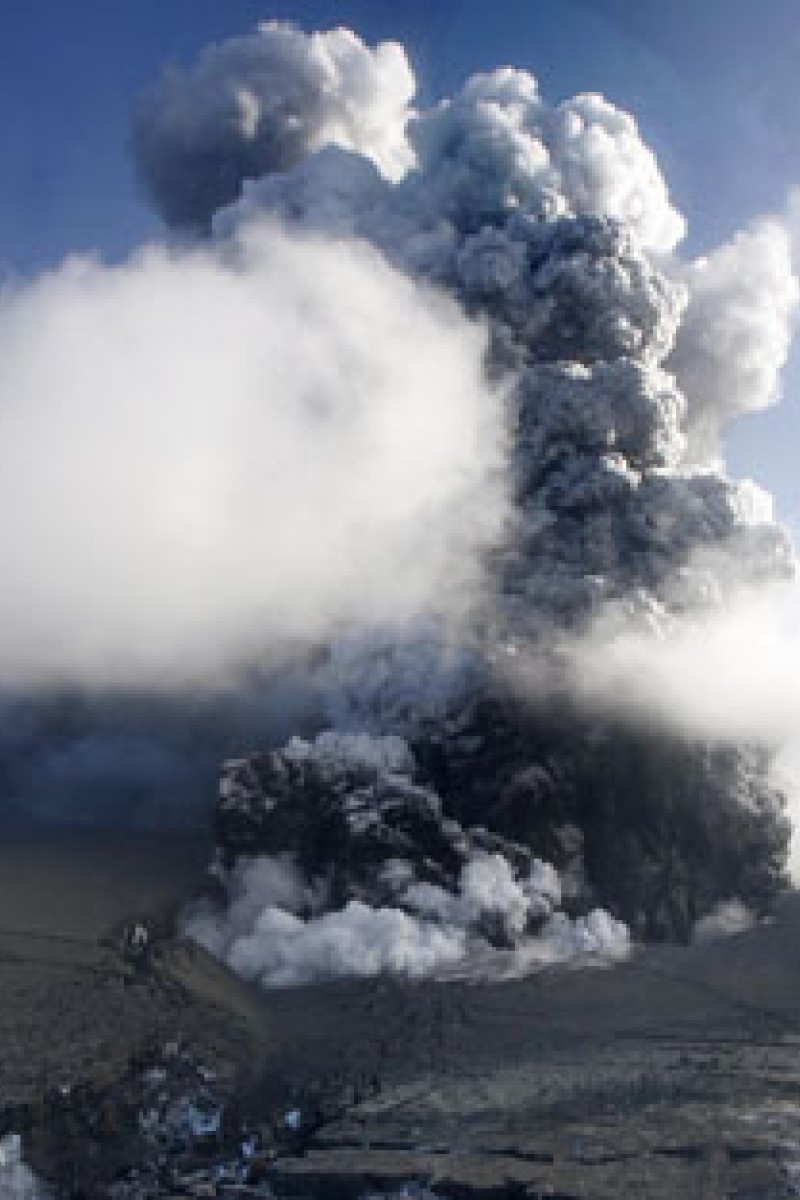 iii
iiiBy Reuters
How does a volcano in Iceland shut down nearly all of Europe's air traffic? The answer is ash.
The Eyjafjallajokull glacier has erupted five times since people started living in the area in the 9th century. It has a 2.5 kilometre-wide volcanic crater, covered in ice. The volcano has erupted twice since late last month. The ash cloud that was formed stopped air traffic. An ash cloud is formed through a process called fragmentation.
First, magma underground breaks up under pressure. When it gets closer to the surface, there is less pressure and it becomes ash. When it hits the ice in the glacier, it mixes with steam and forms a huge tower, or plume.
'It's like a soda bottle when you take the top off,' said Iceland scientist Armann Hoskuldsson, describing what happens to magma as it travels to the surface.
Another scientist said: 'There is little wind in Europe to [break up] the plume.'
What do you think? Read the readers' comments and add yours here!
<!--//--><![CDATA[// ><!-- PDRTJS_settings_1846861 = { "id" : "1846861", "unique_id" : "default", "title" : "", "permalink" : "" }; //--><!]]>